You have heard stories about her, and even seen her in the Vogue covers – but who really is she, and why has she become a cultural icon?
The Kalinga tribe of the region of Cordillera is home to tattoo artist Apo Whang Od. She is one of the only traditional tattoo artists of her generation still working today. At 106 years old, she is known around the world for her significant tattoo designs.
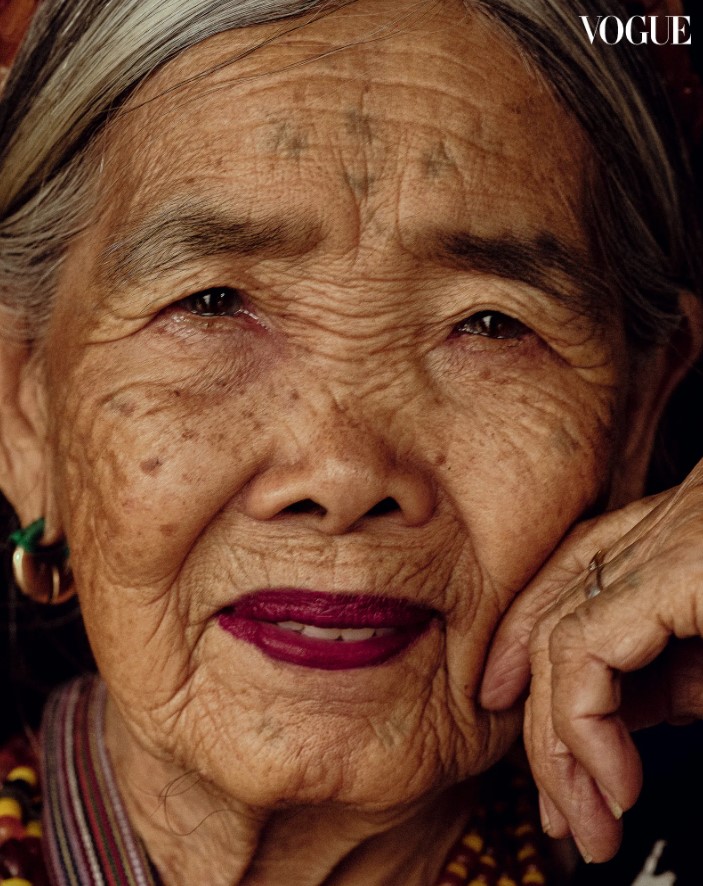
Apo Whang Od learnt the craft of traditional hand-tapped tattooing from her father and other community elders while growing up in the far-off village of Buscalan. The tattoos, known as “batok,” are made by dipping a calamansi or pomelo tree thorn in ink and tapping it into the flesh.
For decades, Apo Whang Od has been practicing her craft and preserving her tribe’s traditions, but it wasn’t until the early 2000s that she gained widespread recognition. She was featured in a documentary called “The Last Tattooed Women of Kalinga,” which brought her artistry and culture to a global audience.
Apo Whang Od’s recent appearance on the cover of Vogue brought her artistic talent and cultural heritage to the fore of the world’s attention.
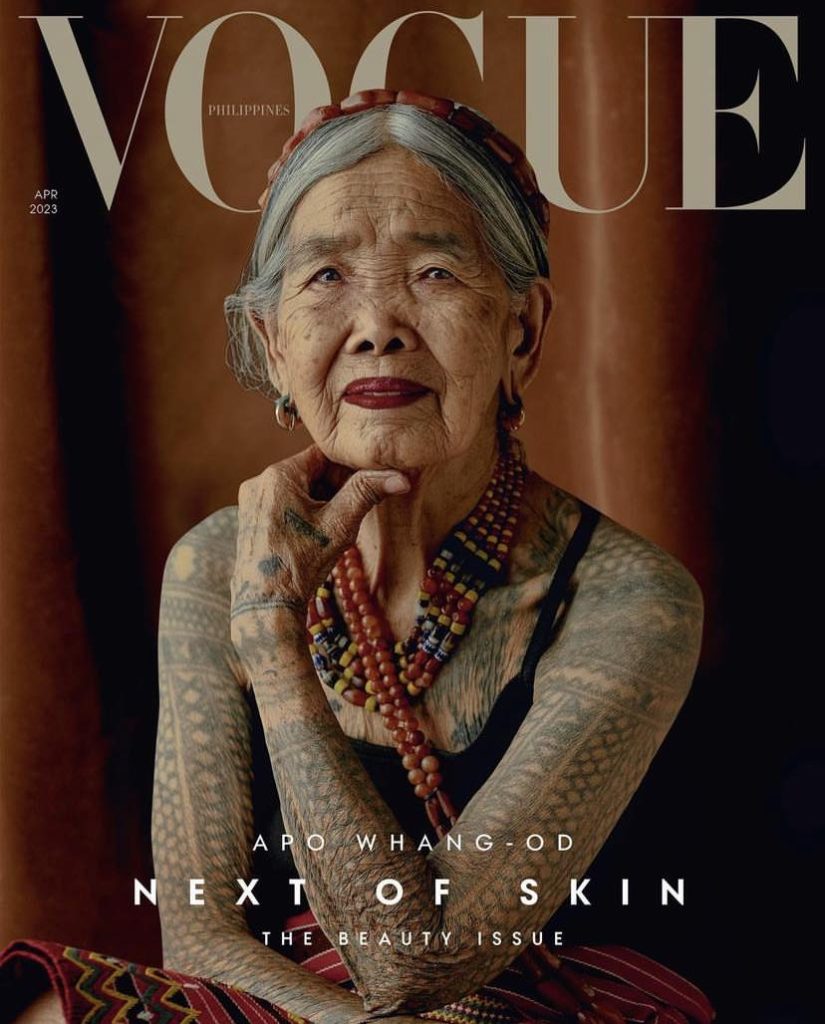
Since then, Apo Whang Od has become somewhat of a celebrity, with people from all over the world traveling to her village to have a tattoo by her. She has been recognized with numerous awards and honors, including the Gawad sa Manlilikha ng Bayan, which is the highest honor given to traditional artists in the Philippines.
But it wasn’t until her Vogue cover that Apo Whang Od truly became a global icon. The cover, which was released in June 2021, featured Apo Whang Od alongside three other women, all of whom were breaking boundaries in their respective fields. The cover was a celebration of diversity and representation, showcasing women from different backgrounds and ages.
For Apo Whang Od, the cover was a testament to the power of her artistry and her culture. In an interview with CNN Philippines, she said,
“I feel happy that our tradition has been recognized by the world. Our culture is unique and it should be preserved.”
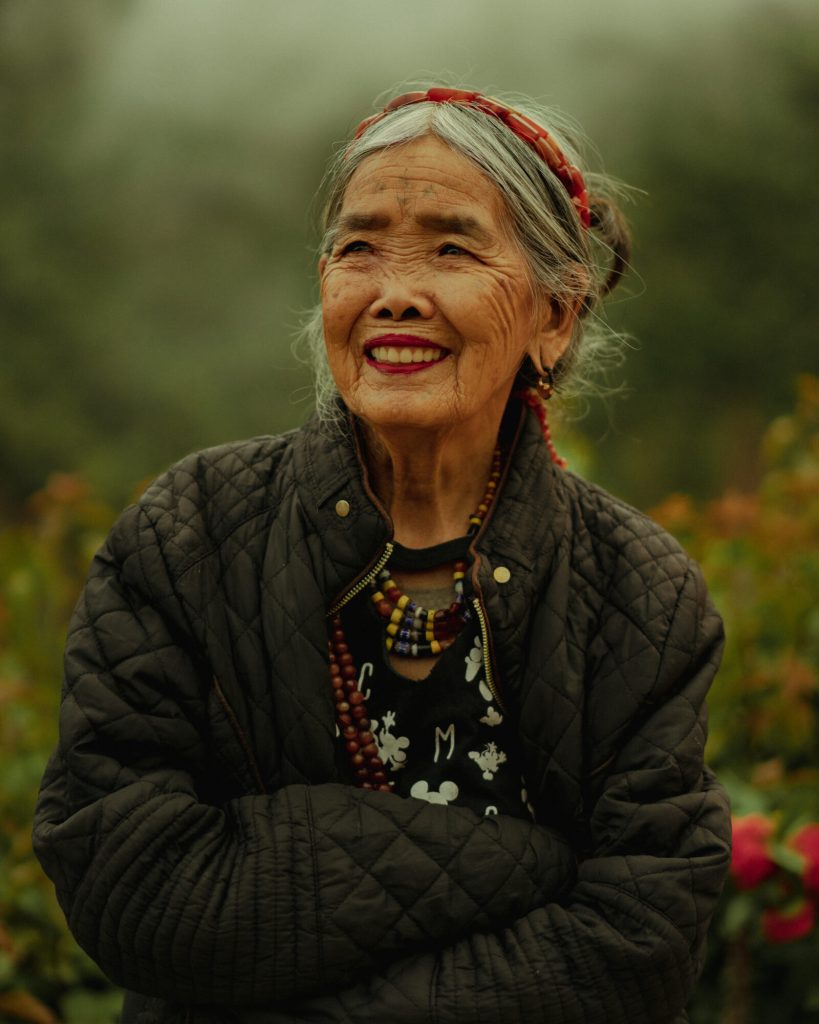
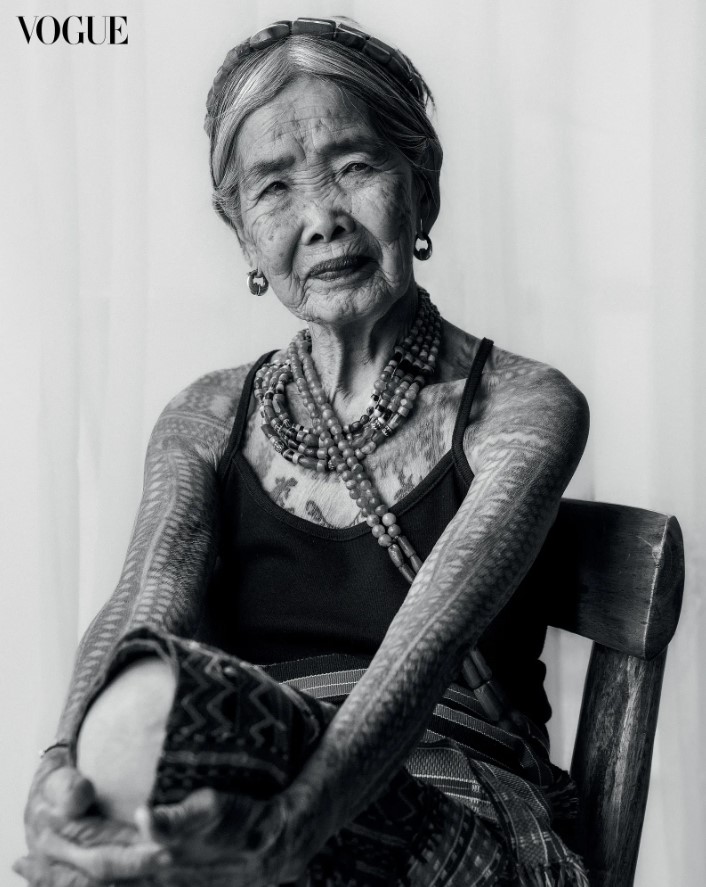
The Vogue cover has sparked important conversations about cultural appropriation and representation in the fashion industry. Some have criticized the magazine for using Apo Whang Od’s image without proper compensation or recognition, while others have praised the cover for bringing attention to traditional tattoo artistry and the need for cultural preservation.
Regardless of the controversy, there is no denying that Apo Whang Od’s artistry and culture have captivated people around the world. Her legacy as one of the last traditional hand-tapped tattoo artists is one that should be celebrated and preserved for generations to come. And her Vogue cover has brought her one step closer to that goal, shining a spotlight on her artistry and the importance of cultural diversity and representation.
Whang Od’s impact goes beyond her traditional tattooing practices. She is also a symbol of cultural preservation, representing the importance of keeping indigenous traditions alive. She has been an advocate for preserving the Kalinga culture and has worked to teach younger generations the art of batok.

Furthermore, Whang Od’s story is one of resilience and strength. She lived through World War II and the Japanese ocscupation of the Philippines, as well as the Martial Law period under the Marcos regime. Despite these challenges, she continued to practice her craft and pass down her knowledge to younger generations.


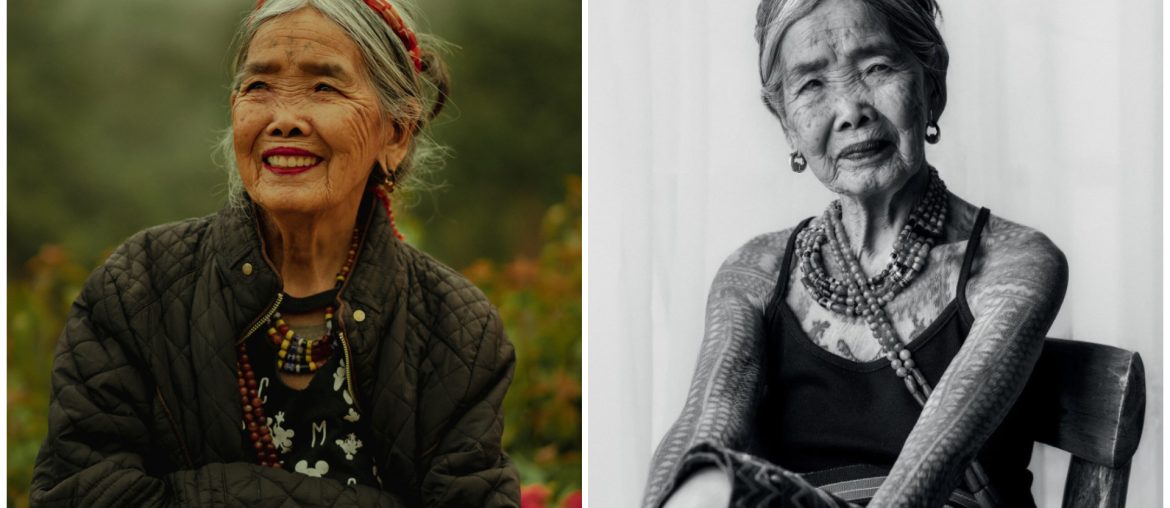
Comments are closed.